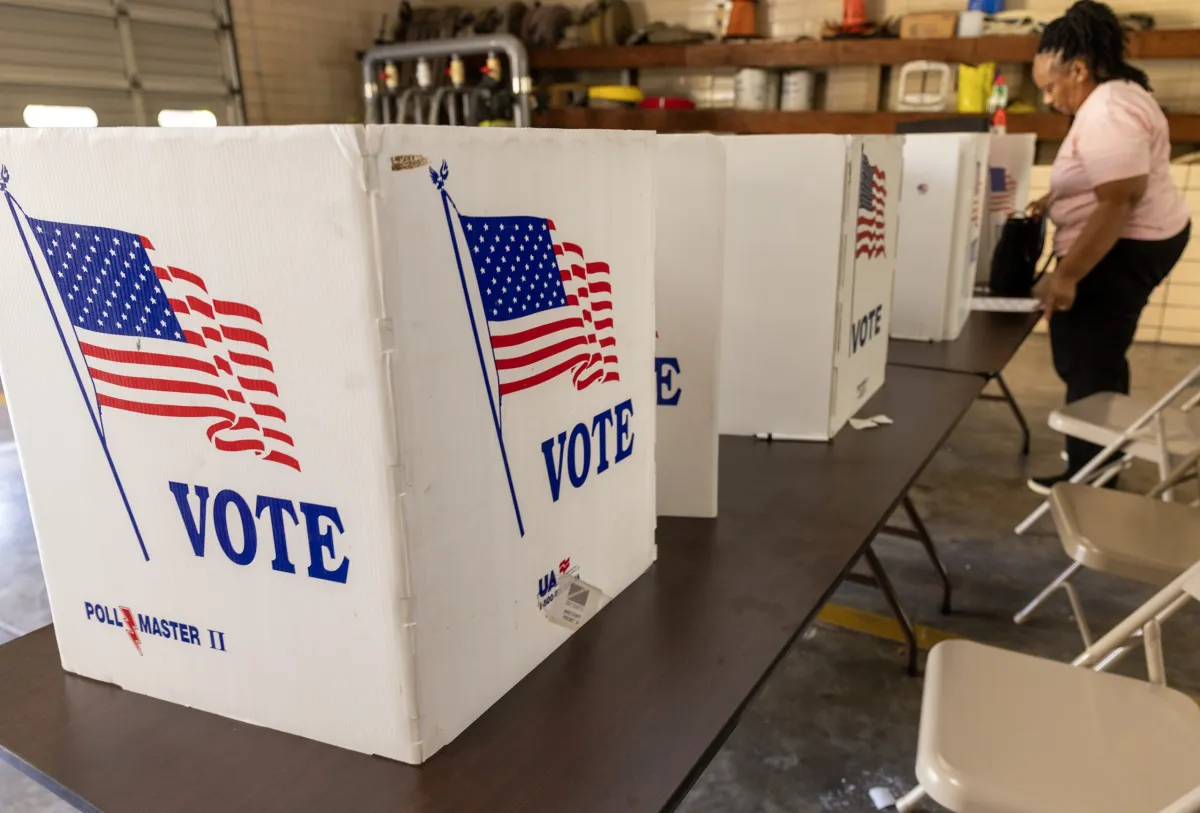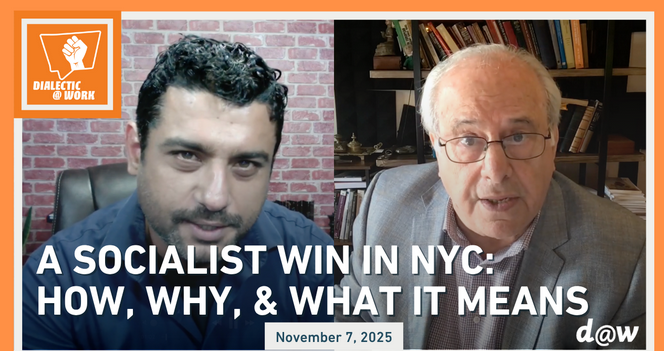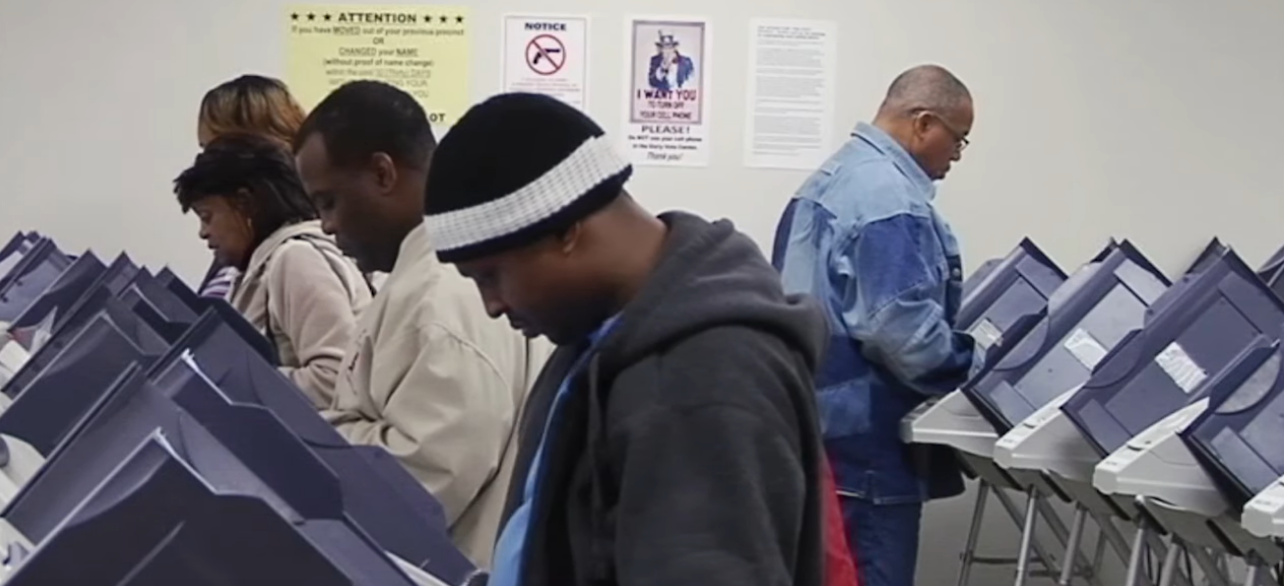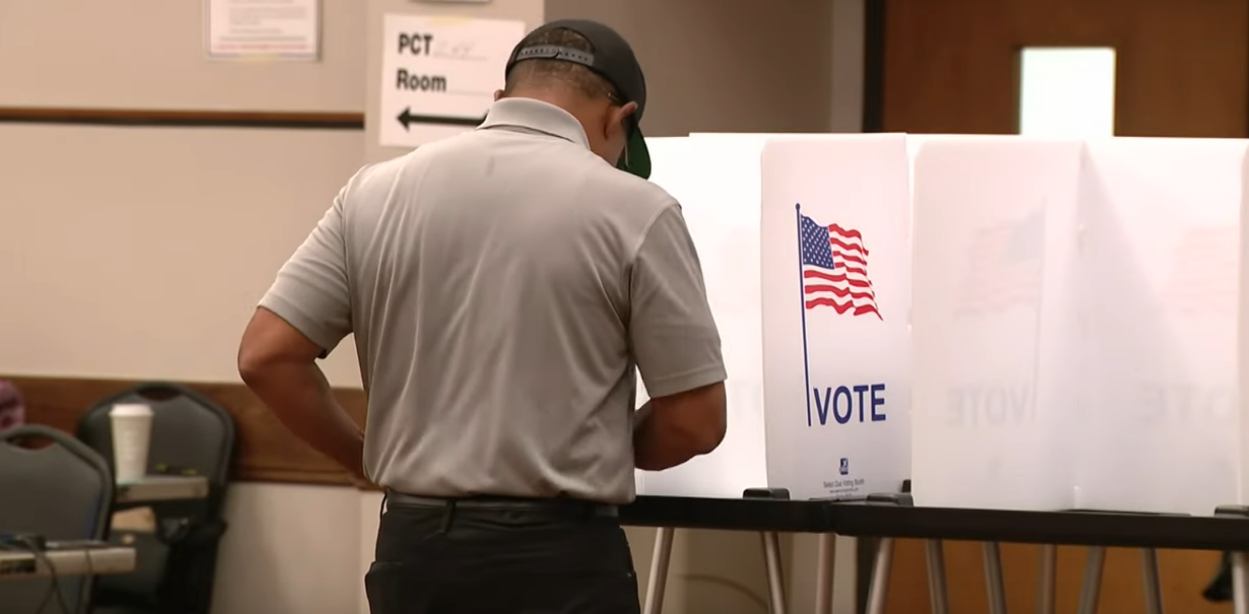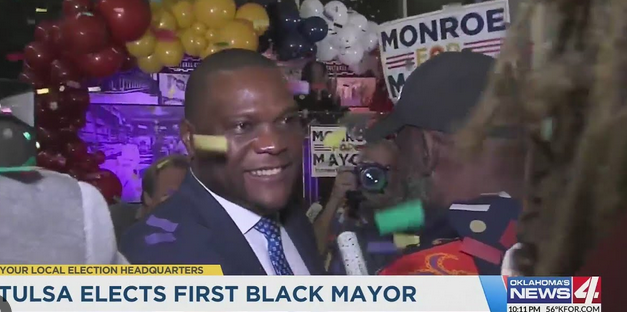Electoral votes are used in the United States presidential election system to provide information on how candidates are elected. Learning what electoral votes are and how they work might help to explain one more component of the American political system.
What Are Electoral Votes?
Electoral votes refer to the votes that members of the Electoral College in a given state cast in the event of the election. Furthermore, the Electoral University is no longer a bodily construction but a gadget that was at first created in keeping with the U.S. charter. It has 538 electors, and a candidate needs to gain 270 electoral votes to become the us of a’s president. The full variety of electors equals the sum of senators of the country and representatives of the kingdom within the residence of representatives. Hence, high-population states have higher electoral votes, while low-population states have a minimum of three electoral votes.
Also read: Sarah McBride Makes History as First Openly Transgender Person Elected to U.S. Congress
How Are Electoral Votes Allocated?
The sharing of electoral votes is related to the population size according to the United States Census, which is conducted every ten years. For instance, there are three electors for the small states, such as Wyoming, Vermont, and Alaska, while California, a large state, gets 54 electoral votes due to its large population size.
The District of Columbia also has three electors, due to the 23rd Amendment that allocates the independent electors as of the state. This means for all the specks of authority that Washington, D.C., is bereft of congressman approval, it does have to participate in the election.
The Electoral College Process
The electoral vote process unfolds in several key steps:
Selection of Electors: Before the general election, each political party in a state submits a list of its electors. This choice depends on state laws as well as the rules of the respective political parties and differs significantly between different states.
General Election: Voters choose their most preferred presidential candidate on Election Day. But the voters are choosing those electors that are committed to that particular presidential candidate. This means that when the citizen elects a presidential candidate, his or her set of electors is entrusted with the role of voting in the electoral votes for the state.
Casting Electoral Votes: Electors come together in December to vote for President as well as Vice President in their states. These votes are then transmitted to Congress and are officially tallied early in January.
Situations that might have occurred while devising one plan but do not occur in the same manner in any other plan.
Also read: Biden vs.Trump Poll Results of the 2020 American Presidential Election
Contingencies and Unique Situations
It is, however, important to note that there are circumstances where these occurrences complicate the described system. In specific words, it’s far certainly viable for the candidate to grow to be president without always gaining most of the people of the popular votes. This has passed off 5 times in the US’s records from 2000 to 2016. They fuel discourses on whether the system of the Electoral College is quite fair and efficient.
Should no candidate meet this criteria, then the election is resolved by the House of Representatives, where each delegation is allowed only one vote.
Conclusion
It should also be mentioned that understanding the nature and distribution of the so-called electoral votes is crucial to the mechanisms of presidential elections in the United States. In addition to this responsibility, the Electoral College expressed the interests of states and also reflected the values and demographics of the nation. This is because the controversy over its applicability and usefulness in modern politics across different regions has remained a vital feature of democratic practice in American society.
As the status of population and alignment of political parties changes in the United States, the future of the Electoral College remains a point of concern because the United States Electoral College remains an ever-dynamic structure of governance.
